Do you want to know how to cut metal roofing? We've got you covered.
Let's agree on this: no homeowner wants to skimp on the quality of their roof. The roof shields you from harsh elements and helps you save money on your energy bills. It also adds to the value of your property by making it more appealing.
When it comes to installing a new roof, you want to make sure that it is of the greatest quality and will last for years. Metal roofing is the finest option in this scenario. It is not only a long-lasting roofing solution but it is also considered to be single-cutting-highly attractive.
However, if you want to install the roof on your own, you must first understand how to cut sheet metal. This is vital since the metal sheets must be shaped and sized to meet your roofing requirements in Connecticut.
Learning how to cut a metal roof may appear daunting for most novices, and any little error while using the tin snips might lead to an accident.
Metal roof cutting, on the other hand, is simple if done with appropriate metal roof cutters and in the correct method. In this post, we'll go through the nitty-gritty details of cutting metal roofs, including the equipment required and the methods that you should perform, and answer a few questions about metal roofing.
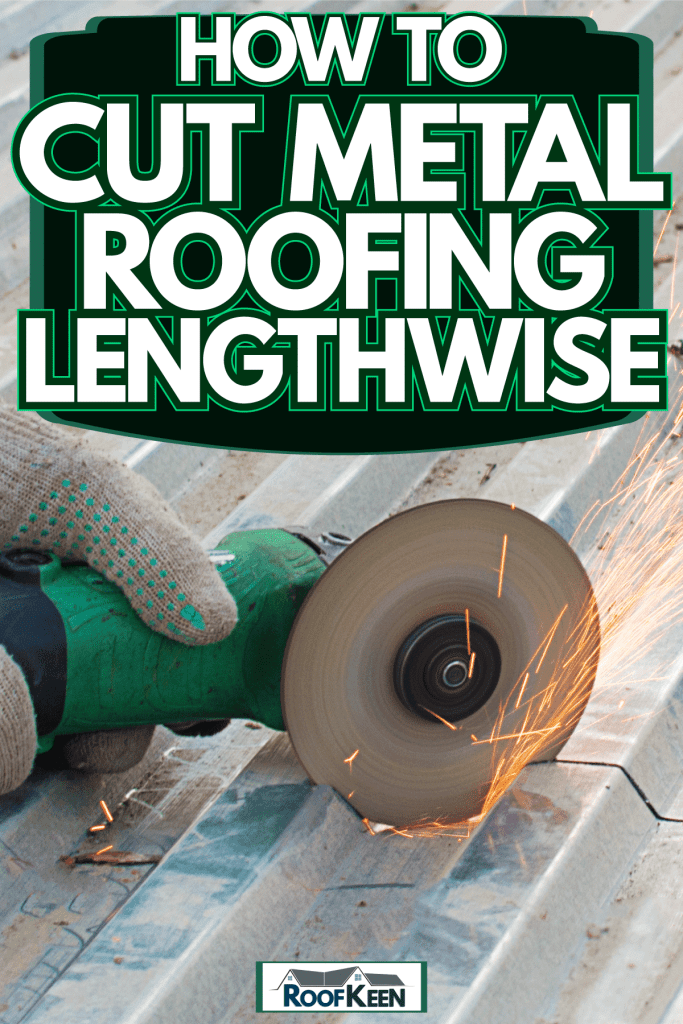
CORRUGATED METAL CUTTING INSTRUCTIONS
Before we get into the step-by-step instructions for cutting your metal roofing, you'll need the following items:
- When cutting your sheets, you'll be able to put them down on a stable workstation.
- You may use tin snips, electric shears, a nibbler, or an angle grinder to cut metal sheets.
- A tool that incorporates both a square and a ruler into one instrument
- Measuring tape
- The metal roof panels
- Marker
You may use any other gear not mentioned above, as long as it makes the process quicker or more efficient. Keep in mind that these equipment are meant for both residential and commercial use.
A STEP-BY-STEP GUIDE TO METAL ROOFING CUTTING
Step 1: Preparation
Regardless of the tools, you'll employ, it's important to do plenty of research before beginning. If you've done your homework, it's easier to make clean cuts and avoid errors.
Begin by laying your metal roofing over your workplace. Make sure the proper side is up and that the sheets are securely fastened, such as by tying them down with wire or staples. To keep the sheets in place, you can use adjustable clamps to secure them to the surface.
The first step is to determine the number of panels you'll need based on your roof measurements. Also include the sizes of each metal panel and the form of each one.
After that, with your tape measure, measure out the various sizes you'll need to cut.
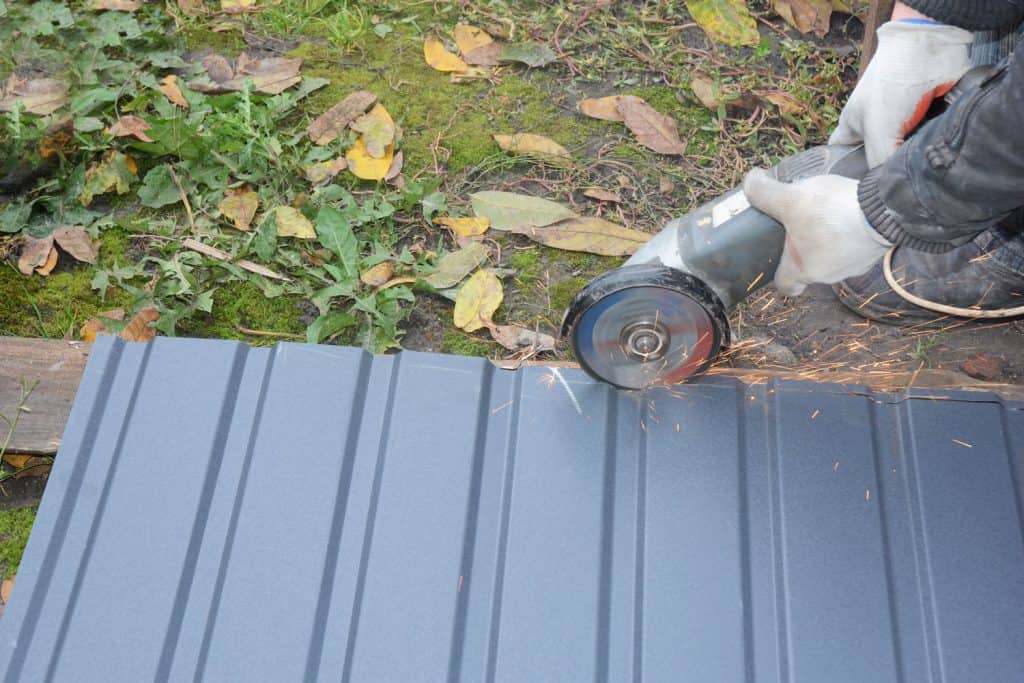
Take care while marking the metal roof to single-cut avoid leaving any holes. This helps you keep your cut straight and show you how to remove the metal roofing.
When cutting metal roofs, you must be accurate. Inconveniences may result from minor mistakes, causing damage to the sheet's structure and shortening its lifespan.
The final stage in the process is to get ready. Wear gloves (preferably leather), goggles, ear protection if you're using a circular saw, long sleeves, and pants for safe operation.
Step 2: Cutting the metal panels
To cut metal roofing, use tin snips.
This is without a doubt the most cost-effective metal cutting tool available. However, it's worth noting that tin snips are only effective on soft metals and for making little cuts. It should not be difficult to use them, since they are very similar to regular scissors.
There are several different sorts of tin snips available, and the sort you choose will be determined by the kinds of cuts you desire to make.
The left-hand tin snips are for cutting on the right side of the line. When cutting curves that go counterclockwise, though, use the left-hand tin snips. Make sure you're using the right kind of snips for the job. Snips with a 45-degree included angle, such as those made by Stanley, are only suited for straight cuts and should never be used to cut curves.
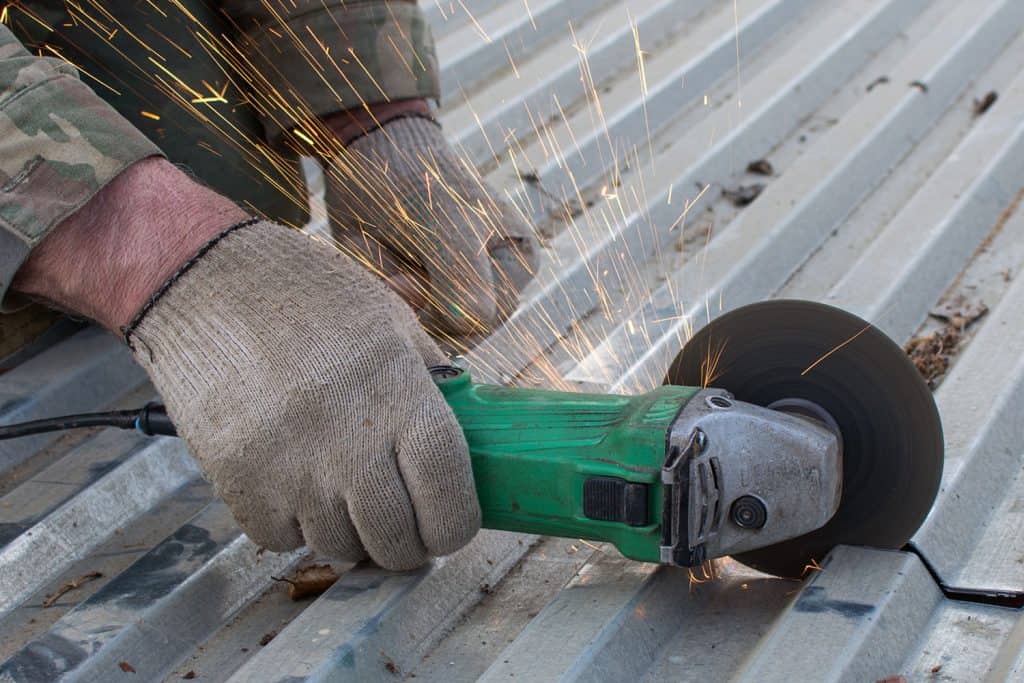
Make a pivot hole at the center of any surface that must be divided in two. As your origin, make a pivot hole at the midpoint to allow for smoother pivoting.
The major drawback of tin snips for metal roofing is that they are time-consuming and can only cut tiny slabs of metal.
Using electric shears
Single cutting shears and double cutting shears are the two types of electric scissors.
The blade is more powerful with single-cut shears than it is with regular scissors, but the only difference is that the blades are driven and can create cleaner cuts. Single shears can make precise cuts without wasting material, but they will leave bends in the material being sliced. If you only want to use straight cuts, single-cutting shears may not be the best option for you.
A single-action shear has only one cutter. It cuts through a material by creating a strip with two cutters. Double cut shears produce less distortion in the sheets than single cutting shears. They are, however, not suitable for curve cutting or metal cutting.
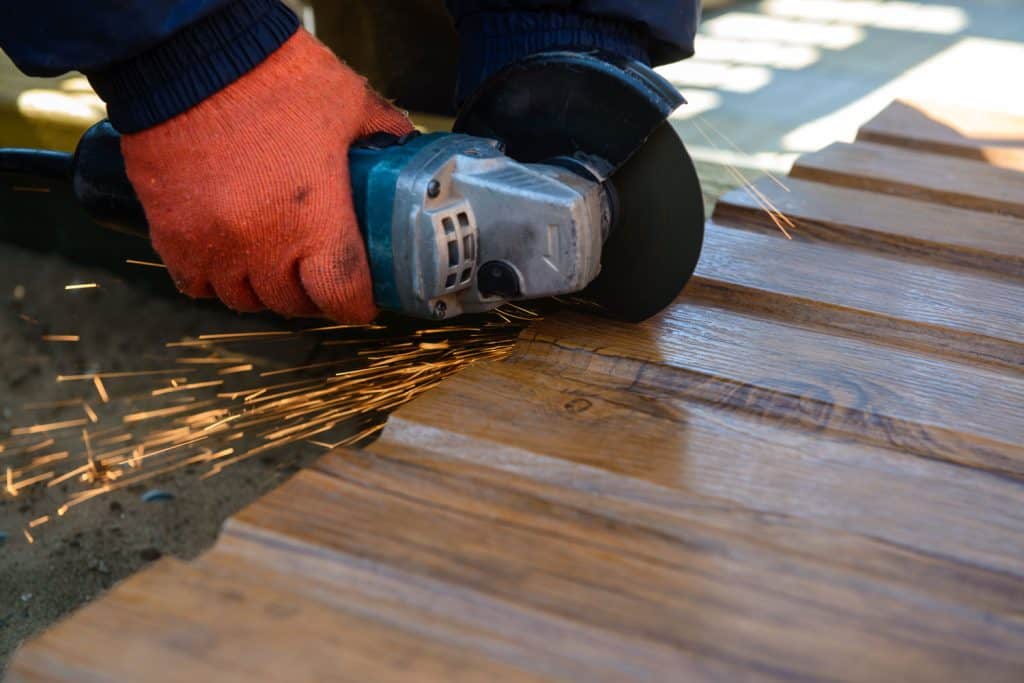
The advantage of power shears is that they may cut numerous papers in a short period. They are simple to operate since all you have to do is press the trigger and maneuver the blade along the cutting line.
When using the electric shears, keep in mind that they might get caught. There's a chance they'll get trapped if you use them on a roof with little or no pitch. If a tree is leaning over, the best approach to deal with it is to start another cut from the other side.
Step 3: Cleaning up
After you've finished cutting, clean off all of the metal powder that accumulates. This dust might rust if not properly cleaned and will cause your roof to corrode with time. If you leave metal strips on the ground, they may cause major damage to people.
When working with metal roofing, you should use the following safety precautions.
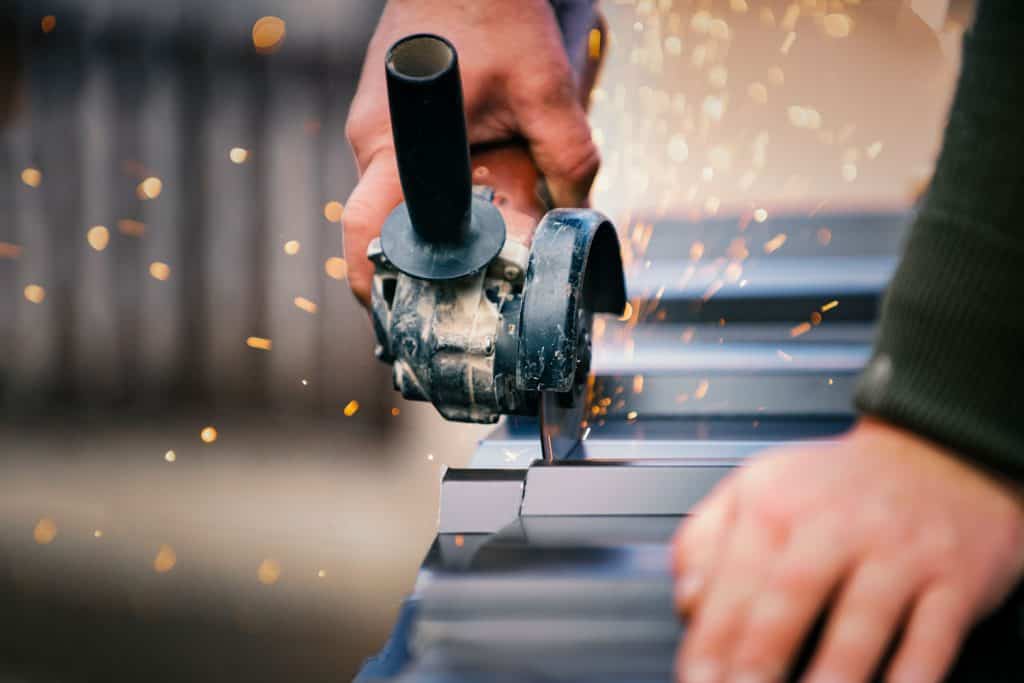
When you're working, your safety is the most essential thing that must be safeguarded. Here are a few suggestions to assist you in this regard.
Keep your equipment in tip-top shape.
With time, they will begin to wear down and become hazardous if proper maintenance is not done. They'll continue to function as normal without issue because they're made to do so. They do tend to wear down with time, however, and if you don't maintain them properly, they can become dangerous. As a result, it is essential to establish standard maintenance procedures. This will assist you in avoiding future hazards while also getting the most out of your investment.
Use the right tool for the job
The majority of the injuries we see with metal roof construction happen when someone tries to utilize the incorrect tool. It not only puts you in danger, but it also raises the likelihood of producing poor work.
If you want to cut metal roofing, you must use the right kind of tools. Tin snips are best for cutting on the side where the line is located while power shears tend to be better at straight cuts. You can also make a pivot hole in any surface before cutting so your material doesn't get stuck when pivoting back and forth during your cut process--just remember not to leave these pieces lying around!
